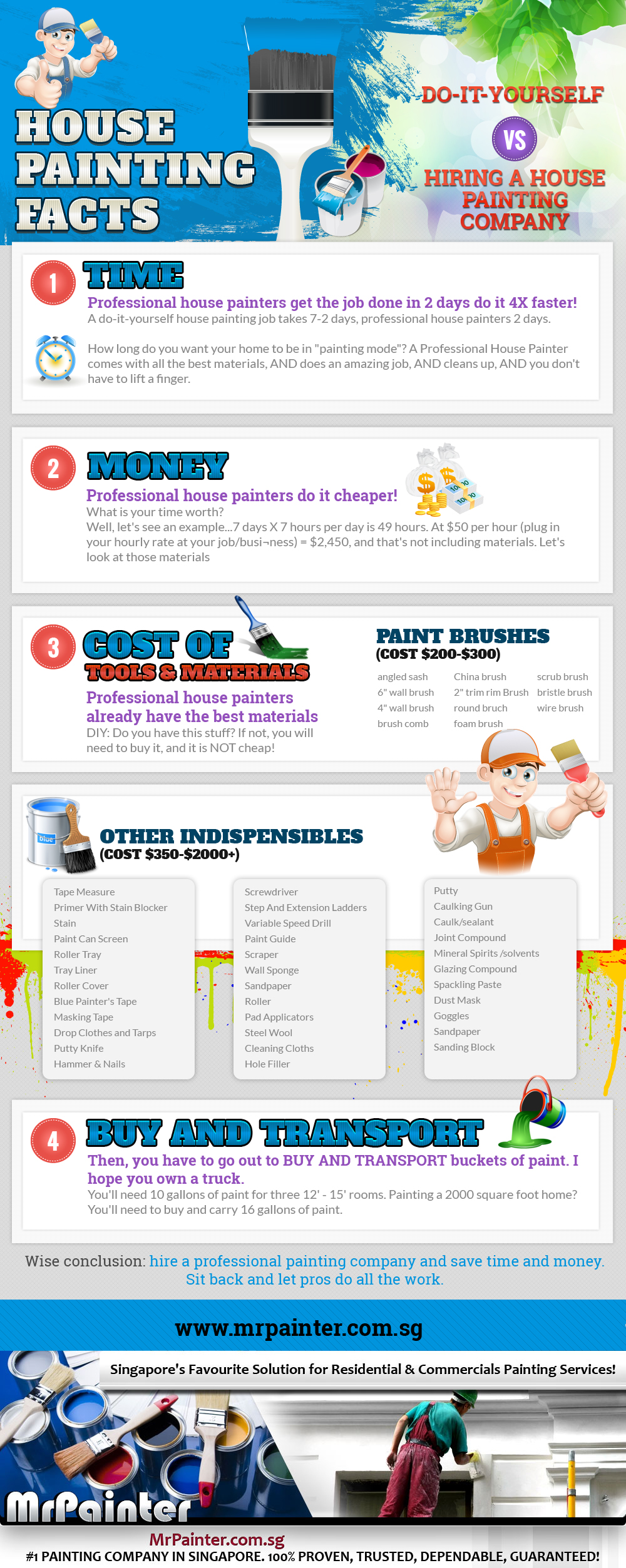Discover The Influence Of Seasonal Components On The Performance Of Commercial Exterior Paint And Identify The Ideal Times To Attain Long-Lasting Outcomes For Your Project
Discover The Influence Of Seasonal Components On The Performance Of Commercial Exterior Paint And Identify The Ideal Times To Attain Long-Lasting Outcomes For Your Project
Blog Article
Material Author-Leach Urquhart
When you're preparing a business exterior paint job, seasonal variables can make or damage your outcomes. You'll want to think about exactly how temperature and moisture impact paint application and drying out times. Choosing the best season can ensure your paint sticks correctly and lasts much longer. But which periods are absolutely the very best for this type of work? Allow's discover the key elements that can impact your project's success.
The Influence of Temperature on Paint Application
When you're preparing a business exterior paint project, the temperature can dramatically affect just how well the paint sticks and dries.
Ideally, residential interior painting intend to repaint when temperature levels range in between 50 ° F and 85 ° F. If it's too chilly, the paint may not cure appropriately, bring about concerns like peeling off or cracking.
On the other side, if it's as well warm, the paint can dry also swiftly, stopping proper bond and leading to an unequal coating.
You should additionally take into consideration the time of day; morning or late afternoon offers cooler temperature levels, which can be more favorable.
Always inspect the supplier's recommendations for the certain paint you're making use of, as they frequently give advice on the ideal temperature variety for optimal results.
Moisture and Its Result on Drying Times
Temperature level isn't the only environmental variable that influences your industrial exterior painting project; humidity plays a considerable duty also. High moisture degrees can decrease drying out times significantly, influencing the overall top quality of your paint job.
When the air is filled with dampness, the paint takes longer to heal, which can bring about issues like poor bond and a greater risk of mold development. If you're painting on a particularly moist day, be prepared for extended delay times in between layers.
It's important to check regional weather and strategy as necessary. Ideally, go for humidity levels between 40% and 70% for optimum drying out.
Keeping these factors in mind ensures your task remains on track and delivers a long lasting finish.
Best Seasons for Commercial Exterior Painting Projects
What's the most effective time of year for your business exterior paint projects?
Springtime and early fall are normally your best options. During these seasons, temperature levels are moderate, and humidity degrees are often reduced, producing excellent conditions for paint application and drying out.
Stay clear of summer season's intense heat, which can trigger paint to completely dry as well swiftly, causing bad bond and coating. Similarly, winter's cold temperature levels can prevent proper drying out and healing, taking the chance of the long life of your paint task.
click this over here now for days with temperature levels between 50 ° F and 85 ° F for optimum outcomes. Keep in mind to check the regional weather forecast for rainfall, as wet problems can ruin your job.
Planning around see more ensures your painting job runs efficiently and lasts much longer.
Final thought
In conclusion, planning your industrial exterior paint jobs around seasonal factors to consider can make a considerable distinction in the end result. By organizing job throughout the excellent temperature levels and humidity degrees, you'll make certain far better bond and drying times. Bear in mind to keep an eye on regional weather prediction and select the correct time of year-- spring and very early loss are your best bets. Taking these actions will help you accomplish a sturdy and professional finish that lasts.
